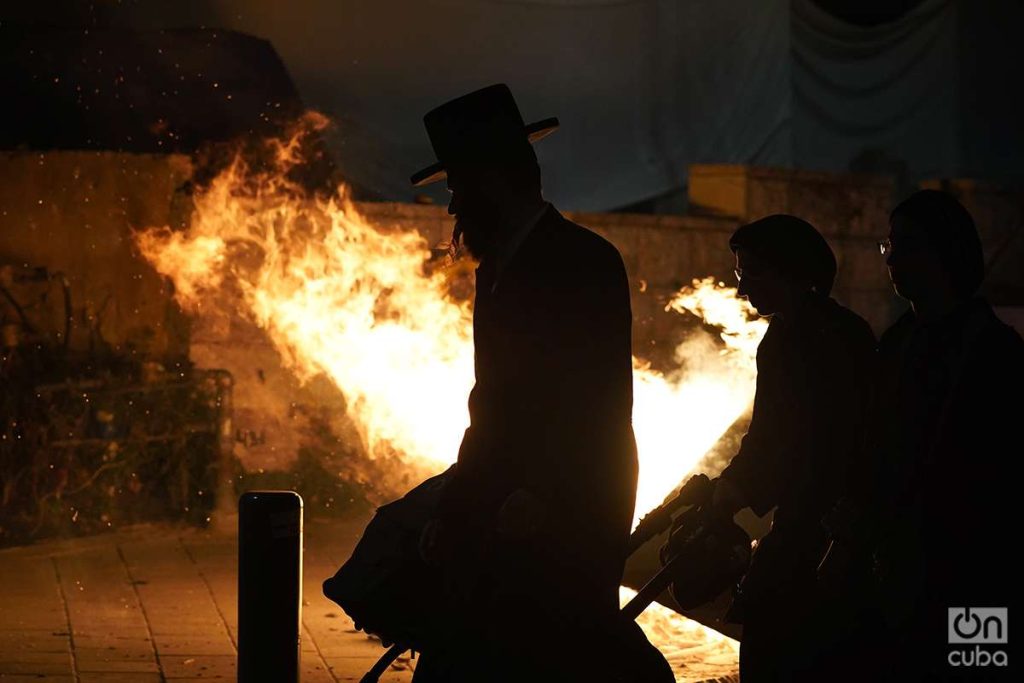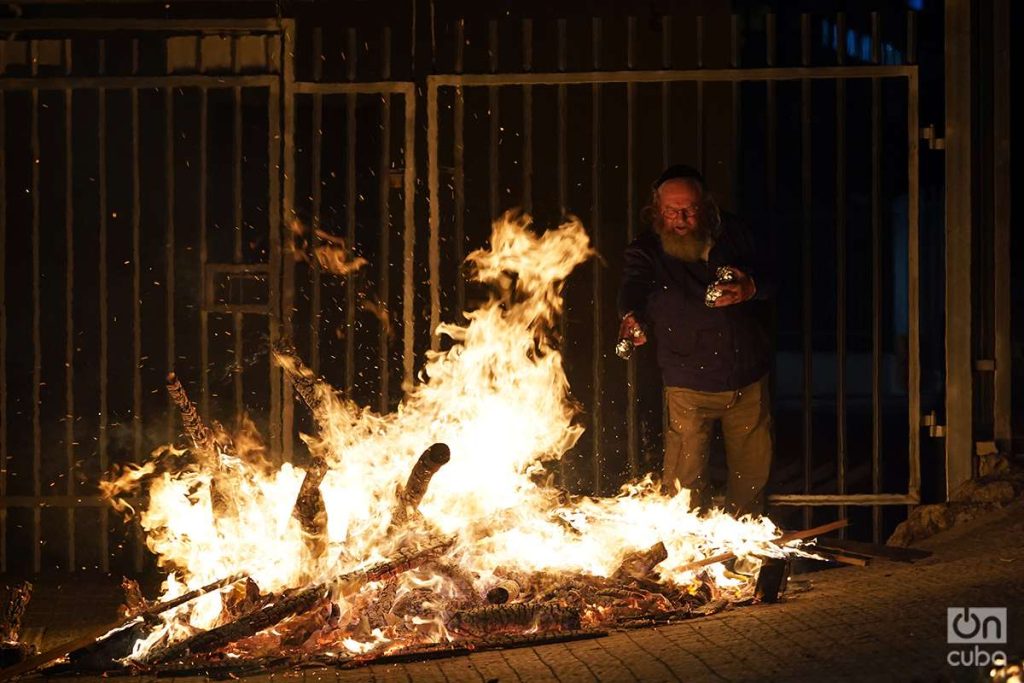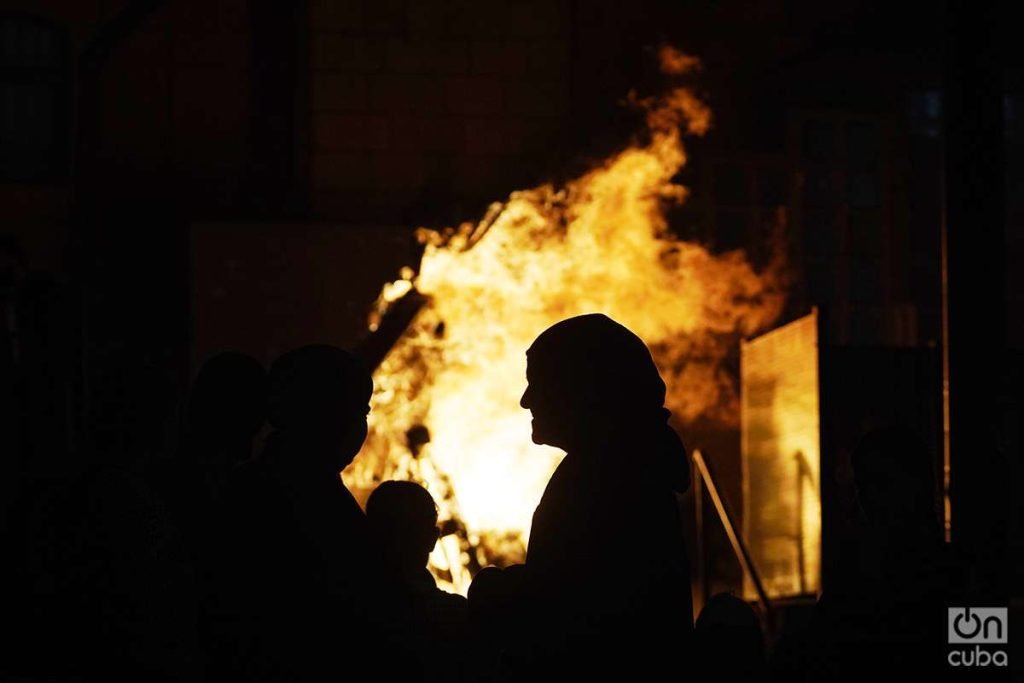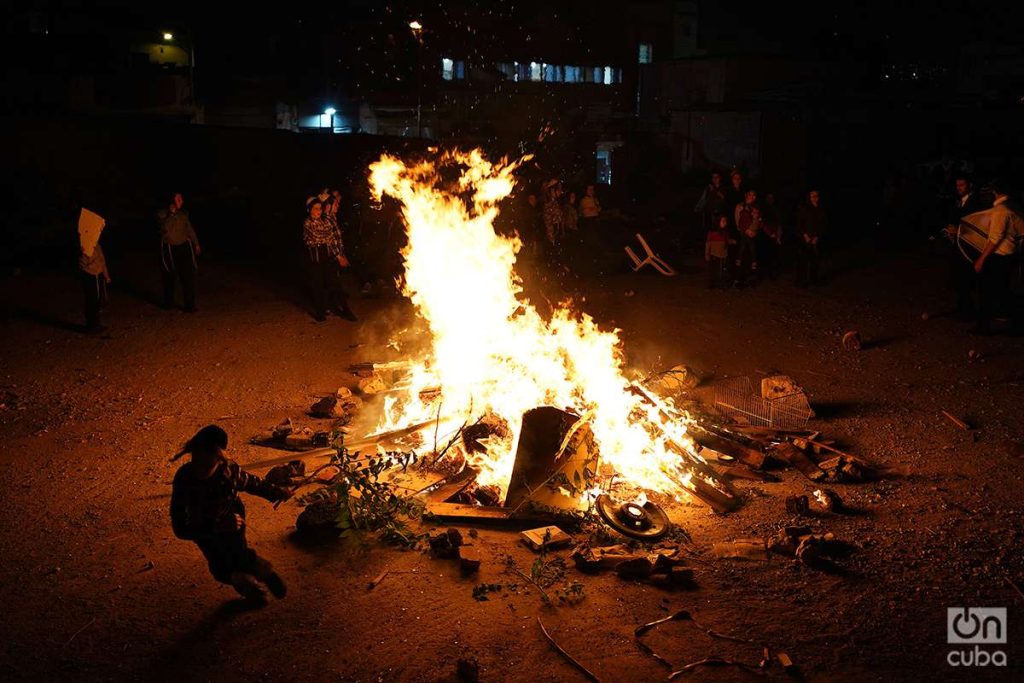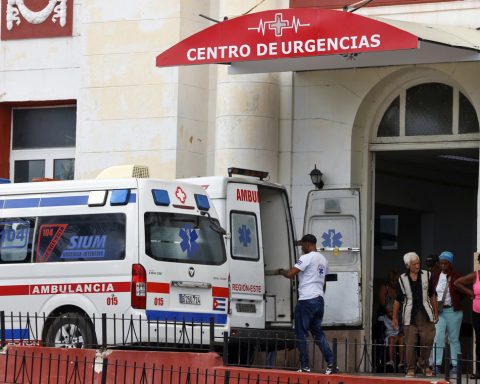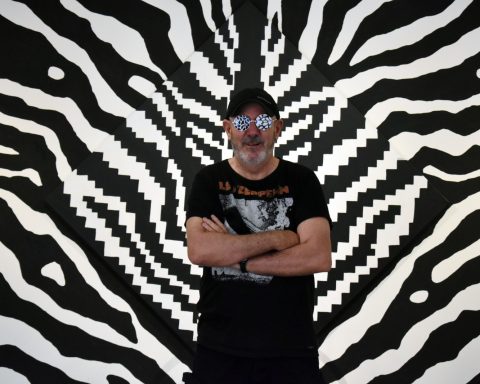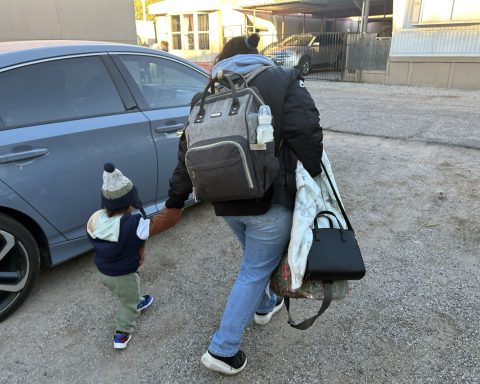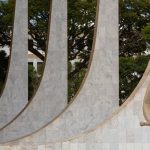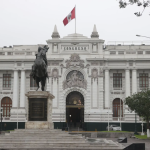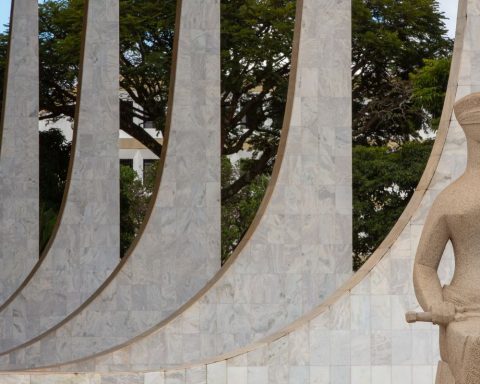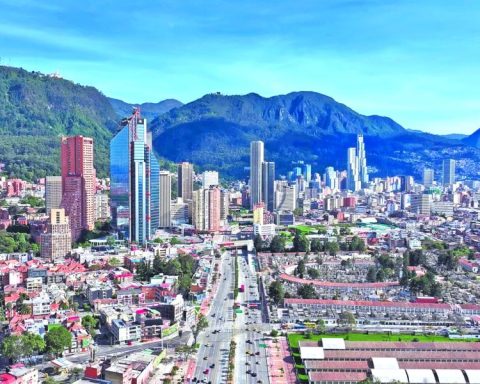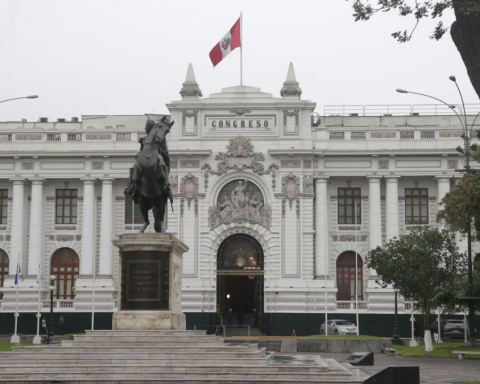An intense smell of smoke fills the neighborhood, there are bonfires here and there, Jews dancing, people walking fast and in all directions, like ants. The ultra-Orthodox neighborhood of Mea Shearim in Jerusalem is looking a little crazy tonight. There are closed streets and the cars are honking insistently as they try to make their way through the merriment. It is the night of fire, the night that the Jews of Israel and the world celebrate Lag B’Omer.
Like all Hebrew celebrations, Lag B’Omer begins at sunset and ends 24 hours later, also at sunset.
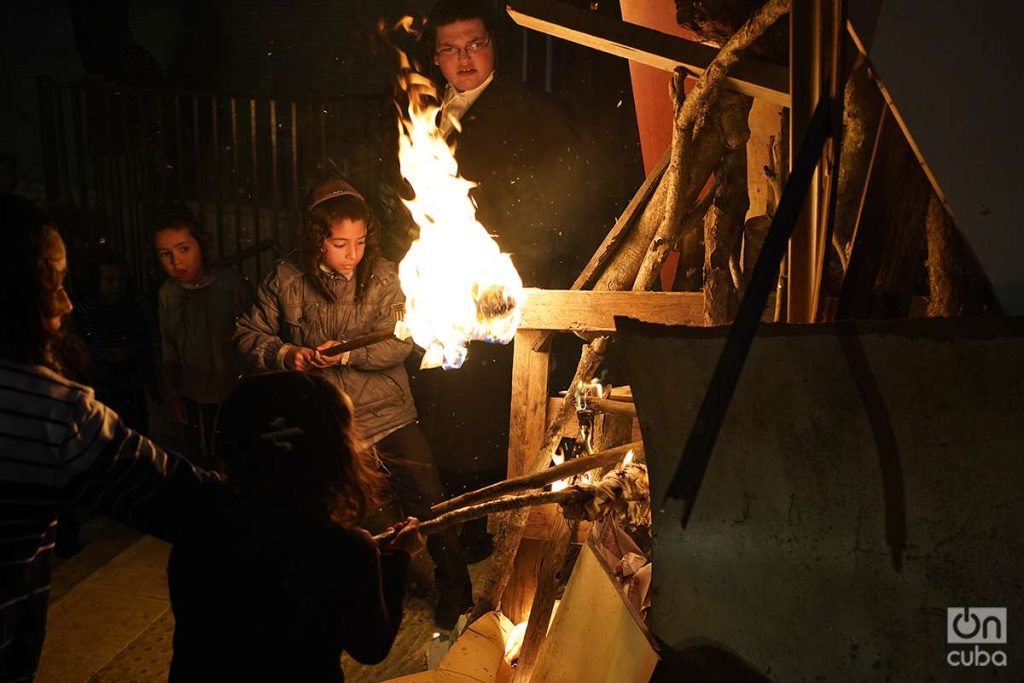
But since morning there is movement in Mea Shearim. In a nursery for babies of ultra-Orthodox families, the teachers build miniature bonfires and everyone sings and dances. I spy them perched on a wall; but, unfortunately, I can’t go in to take pictures of them. Several girls from a nearby school look at them from a balcony, since the celebration, like almost all hebrew ceremoniesIt is only for men.
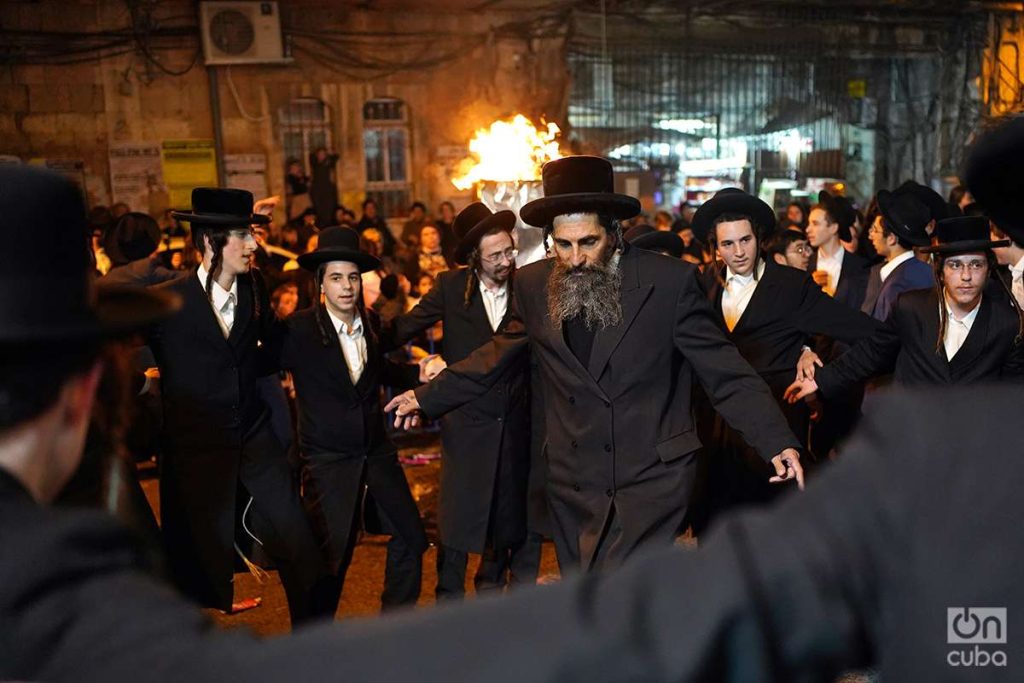
At Lag B’Omer, men and children dance, sing, smile, joke and celebrate in style. Of course, without any alcohol (at least in public). Haredi Jews cheat; their long beards, their ringlets, their severe black hats, and their old-fashioned, colorless manner of dress, make them seem serious and dull people. But they are lovers of music —Hebrew— and dance and they are fans of the techno sound, which they can listen to ad nauseam at unbearable volumes.
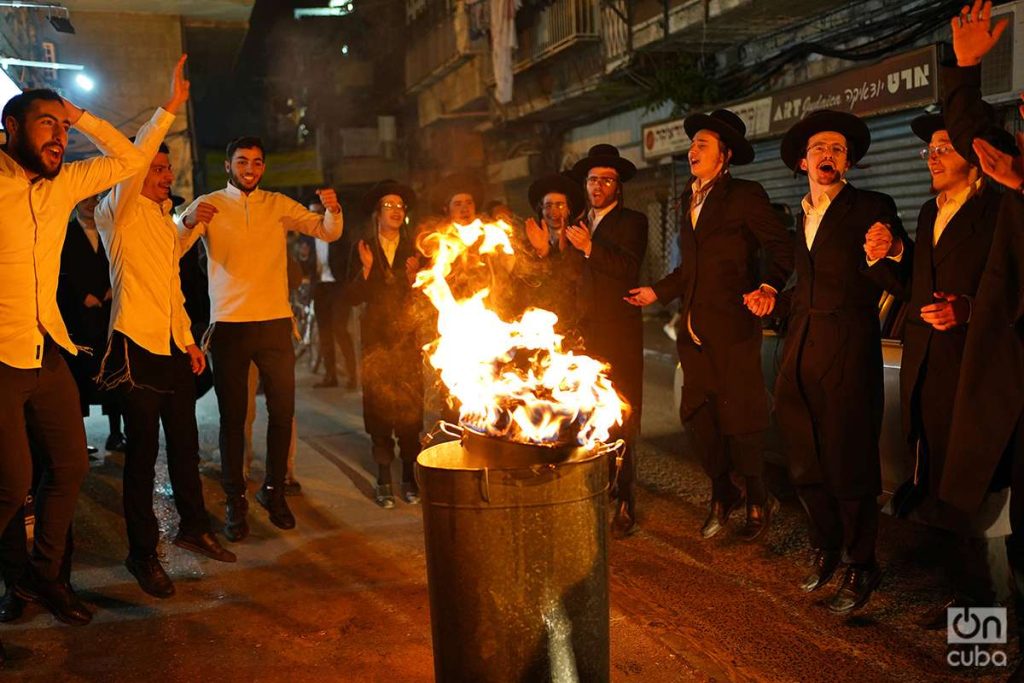
That the men. Ultra-Orthodox women, whatever their age, must maintain a “modest” attitude. That is why during Lag B’Omer, while they undress themselves dancing or celebrate their religious ceremonies, they watch them from areas demarcated with fences and covered with a fine net that allows them to see without being seen. They can’t be photographed either, I barely managed to take a couple of photos and it cost me a good scolding in Hebrew.
Lag B’Omer is celebrated between the Jewish holidays of Pesaj and Shavuot, exactly on the 39th day. Two thousand years ago, on a similar date, an epidemic suddenly ended that had claimed the lives of all the disciples of Rabbi Akiva. The cessation of deaths was cause for celebration and joy for the Jewish people. That is why Lag B’Omer represents the transition from a period of mourning to a more joyous one. On the same day, years later, Akiva’s main disciple, Rabbi Shimon Bar Yohai, a great sage, profoundly knowledgeable of the secrets of the Torah and one of the founders of the Kabbalah, passed away.
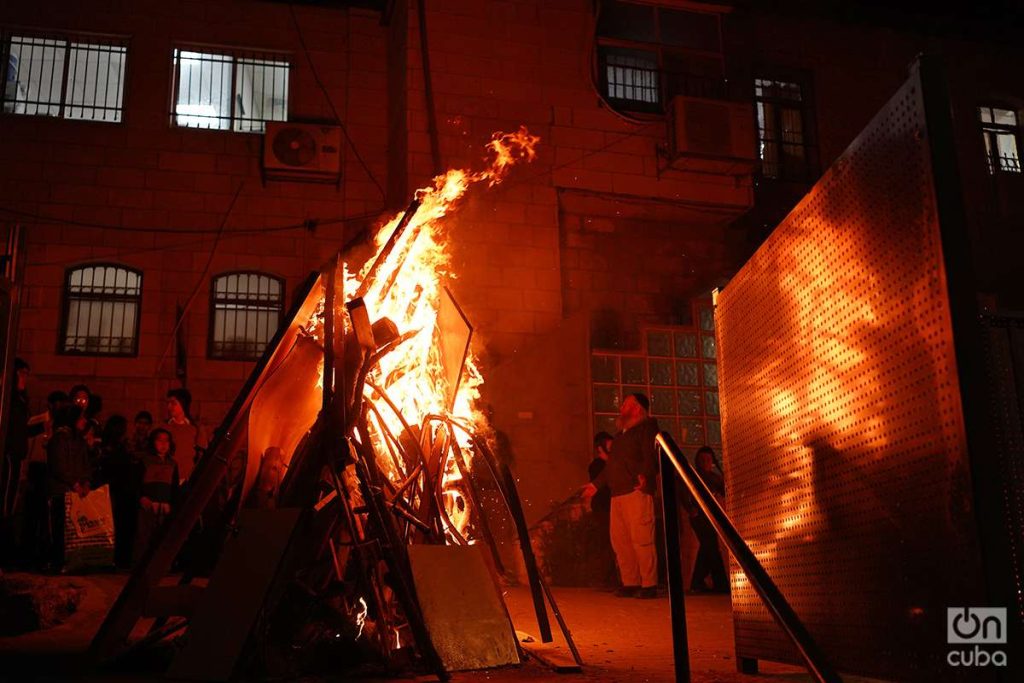
They say that Bar Yohai asked his students to celebrate each anniversary of his death with joy. For this reason, although Lag B’Omer is celebrated throughout Israel, the main place of pilgrimage is Mount Meron, in the north of the country, where the remains of Yohai rest and where thousands of Jews go every year, especially ultra-Orthodox, who light bonfires. and they sing and dance through the night.
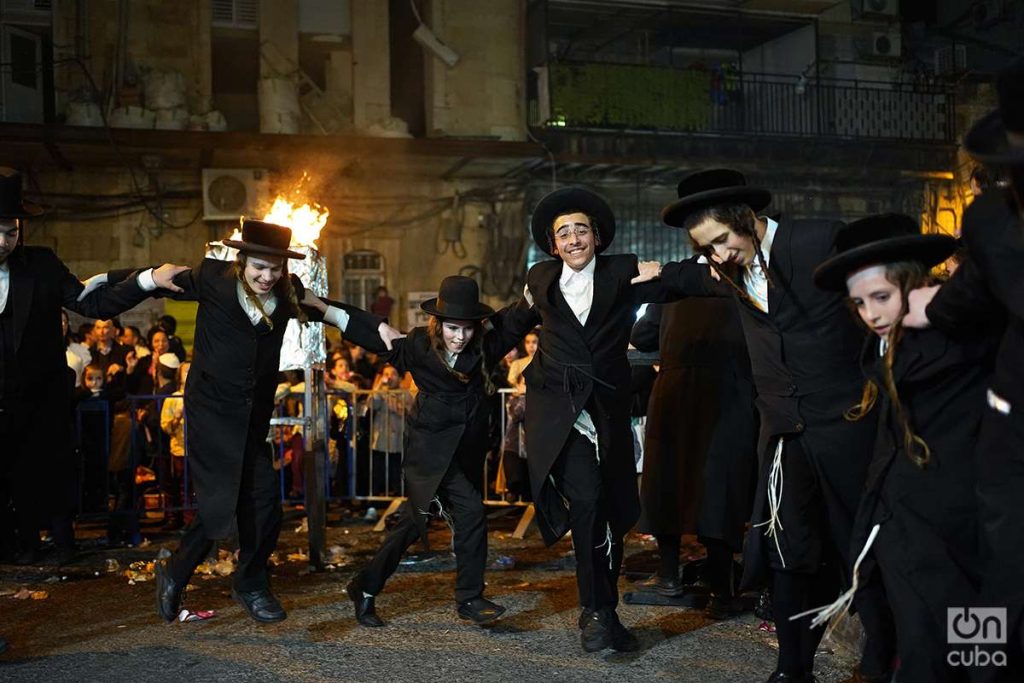
During the 2021 Lag B’Omer celebration, a stampede occurred at the tomb of Bar Yohai, killing 45 people and injuring 100 others. According to the authorities, more than 80,000 people would have gathered in a place where only about 10,000 were expected.
Fortunately, last night in Mea Shearim there were no incidents and, from what I saw in the press when I got up, neither in the rest of the country.
I don’t know what time the party will be over. I left and left them in their sauce. Especially to the children, who enjoyed the Lag B’Omer in a big way. They set up the biggest bonfires and kept the fire going with everything they found, they ran from one place to another looking for burnable material, the same as cardboard boxes, pieces of wood, clothes and even some old abandoned stuffed animal.
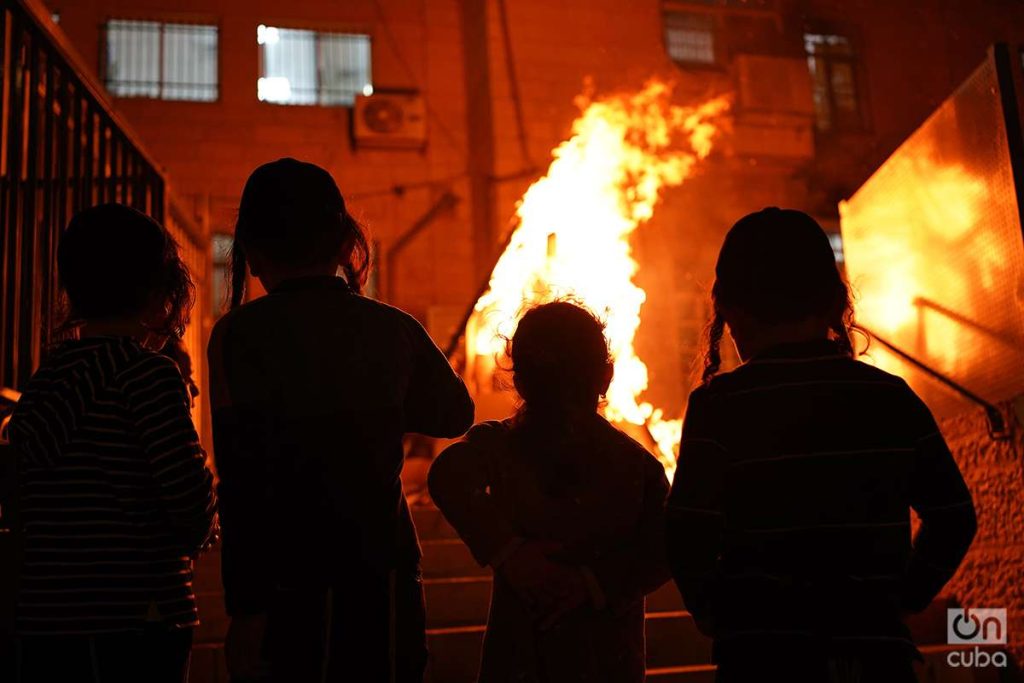
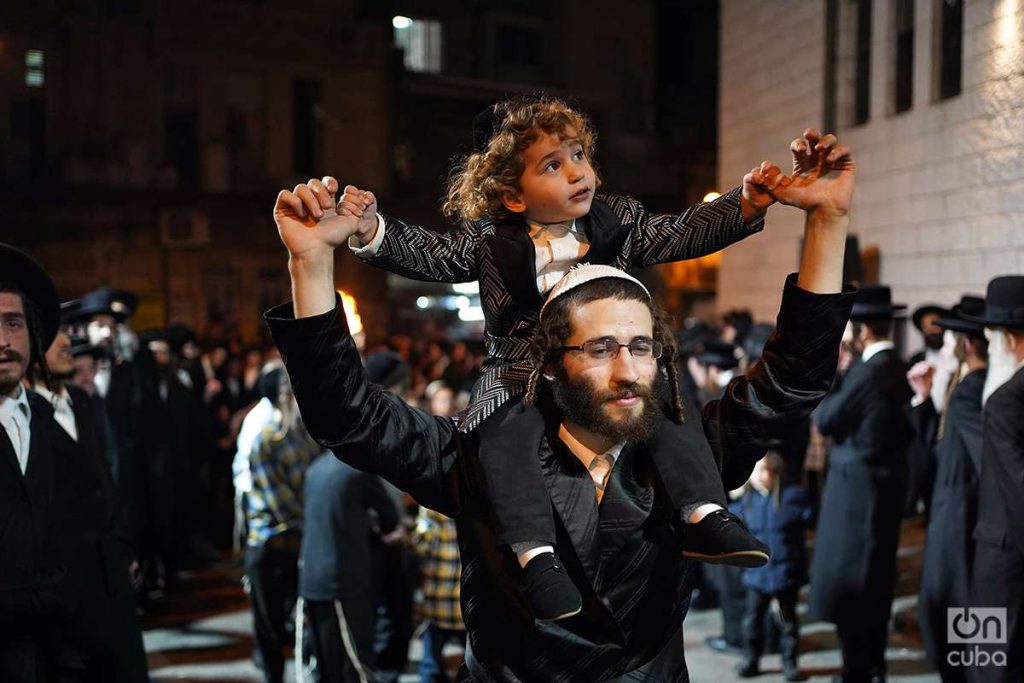
It is these children who will maintain the tradition and will continue to make bonfires every year that represent the light that Bar Yohai brought to the world through his teachings. Hopefully in the future the girls will be with them, as the same as they are, and not half hidden behind fences and fences.

